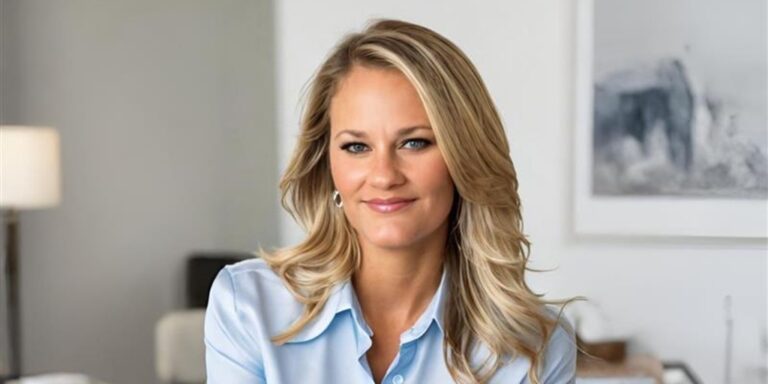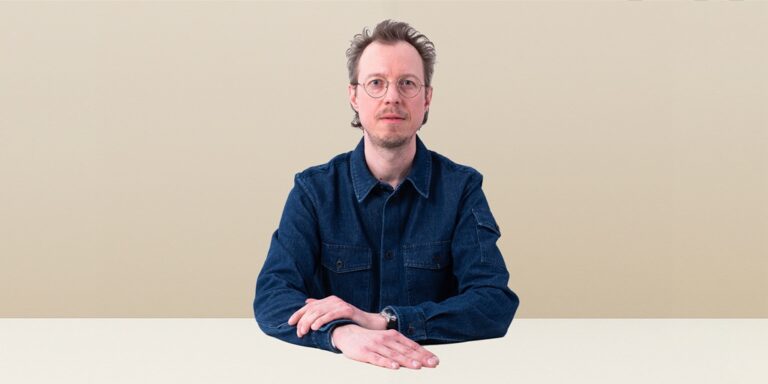Eve Thompson Newman was a delegate at TOPHOTELWORLDTOUR London 2020.
Lead Designer at JPA Design Eve Thompson Newman tells us why maintaining control in a design project is more important than ever in a globalised world.
Now, perhaps more than ever, we realise the ups and downs of living in such a globalised world.
JPA Design’s Lead Designer Eve Thompson Newman spoke exclusively to TOPHOTELNEWS on the sidelines of TOPHOTELWORLDTOUR London 2020, which took place on February 6 at the Conrad St James, to explain the importance of design control in hospitality jobs when the world is your oyster.
What are the biggest challenges facing hotel designers today?
Some of the factors that help open things up, like the globalization of finance and materials and the supply network, can also make things difficult. In the last couple of years, we have had a lot of clients who only want the first stages of a project, and we almost have to convince them into having some sort of support as it goes through to construction, because it gives us control over the design.
If not, we can specify and visualize the most beautiful concept in the world, but if the specification is cut back because of internal budgets and issues then our design is lost. It’s so important to be involved in the construction process because it helps the end product.
What do you like about being a hospitality designer?
At JPA, it’s a lot of very thick and fast projects, lots of international clients, international time zones and things like that you have to juggle. So it’s an around the clock job, very busy, so I never have time to get bored. I like a lot of the innovative stuff that comes out of JPA because they have such a strong hold in the transport industry, so we do some quite forward thinking concept work. It’s very interesting. Never a dull moment.
What are the most exciting projects you are working on?
Luxury cruise trains are really exciting, because you’ve got all the constraints of a luxury hotel being fit into a tiny space and it’s constantly moving. It’s almost like jewelry box design, it’s all so beautifully presented and intricately put together, but in a scaled down way. They always look great when they’re photographed.
What trends do you see dominating hotel design this year?
We have seen lots of co-living, shared accommodation. Mixed use apartments and aparthotels are coming on a lot more, because they’ve got the numbers and the rooms. It’s quite different to luxury, but I think even luxury brands are now starting to branch out because everybody can see that it’s a big part of the industry going forwards. There’s less of an emphasis on luxury getaways and more on the luxury travel lifestyle, remote working etc.
So we’ve seen a lot of quick living, limited time, lower budget projects, like pod hotel concepts in and around airports. People want somewhere to just put their head down for a couple of hours and shoot off to something else somewhere else in the world.






